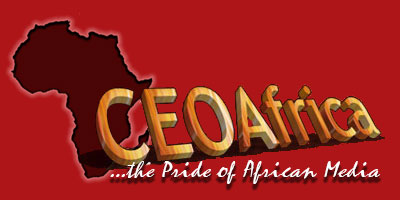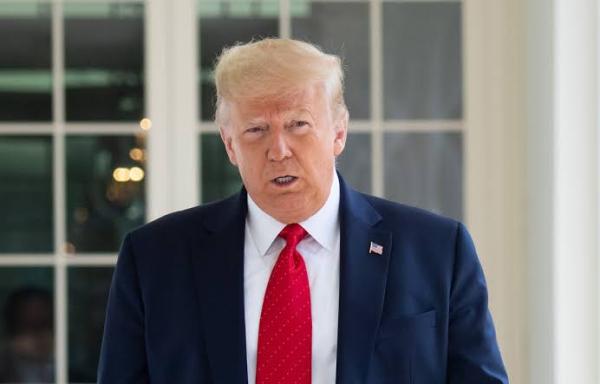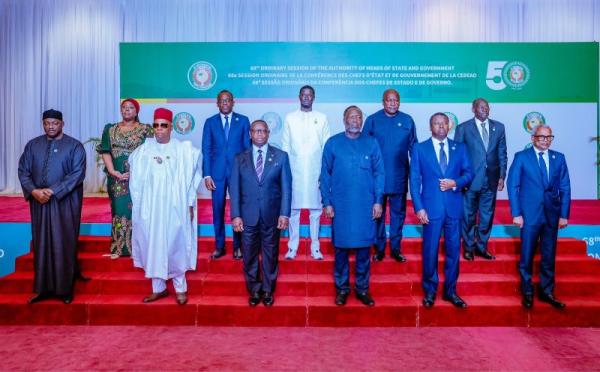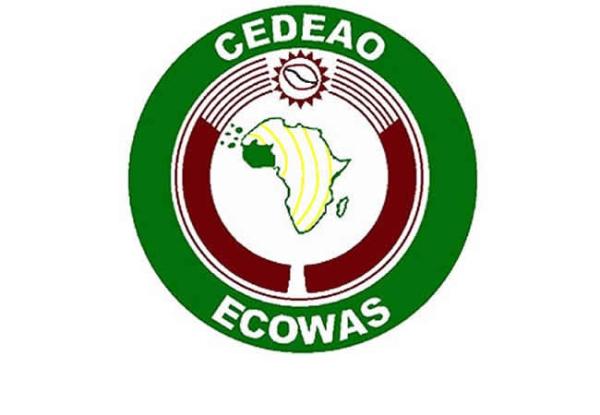
Worried by the dwindling economic fortunes of the country, the Federal and 31 state governments of the country have proposed what has been termed as ‘austere’ budgets to contend with the challenges.
According to Vanguard investigations, the 31 states and the Federal Government, barring supplementary appropriations, will spend N9.626 trillion in 2015 as against N12.188 trillion spent in 2014 (see table).
States that are yet to present their 2015 budget proposals are Ondo, Abia, Rivers, Yobe, Jigawa and the Federal Capital Territory, Abuja.
If the remaining states and FCT were to spend exactly what they spent last year, their total expenditure will be N10.6 trillion, still a far cry from the N12.188 trillion spent last year.
The prevailing free fall of crude oil price, refusal of US (Nigeria’s major oil importer) to patronise the country and discovery of oil by many countries and alternative energy sources are already hurting Nigeria’s finances. This accounts for why many states owe their workers two to six-month salary arrears.
Recently, the term ‘austerity measures’ crept back into Nigeria’s lexicon on account of the brewing hardship. The last time austerity measures dominated the air waves was in the early 80s when Nigeria’s Naira lost value in quantum leaps against the US Dollar and other leading world currencies.
To worsen the matter, most of the governments at all levels apart from spending less than what they spent last year, have also allocated lower sums to capital expenditure. Collectively, only N3.342 trillion (47.63 per cent) is allocated to capital expenditure (provision of infrastructure and amenities among others), while N5.041 trillion or 52.37 per cent is to be spent on recurrent expenditure (salaries, emoluments of public servants and political office holders, running costs, among others).
The worst culprit is the Federal Government, which allocated N634 billion (14.55 per cent) of its N4.358 trillion proposed budget to capital expenditure. The central government spent N4.962 trillion last year.
Among the states, Imo is worse off. Governor Rochas Okorocha proposed N141.22 billion and allocated N119.70 billion (84.43 per cent) to recurrent expenditure. Capital projects got a miserly N21.5 billion (15.57 per cent).
While presenting the budgets, the governors cited dwindling collectible revenue from the Federation Account as the main reason for scaling down the budgets. They promised to improve on their Internally Generated Revenue (IGR) to augment the budgets. And they hope to boost their IGR through taxation among other sources, which will boil down to the citizenry and businesses paying more.
Those to spend more
States that proposed to spend more in 2015, though marginally, are Ogun, Taraba, Kwara, Anambra, Katsina, Kaduna, Enugu, Adamawa, Kebbi and Imo.
Among the states only Lagos State has proposed to spend N489.69 billion, the exact sum it spent last year.
While presenting his N141.778 billion 2015 budget proposal tagged ‘Budget of Repositioning’ in Oyo State, Governor Abiola Ajimobi, who is seeking re-election, pledged that no new taxes would be imposed on the people, notwithstanding the poor financial situation of the state occasioned by sharp drop in oil revenue. The state spent about N190 billion last year.
He said rather than impose new taxes on the people of the state a strategy had been put in place to enhance the level of cost effectiveness of revenue collection, especially with respect to existing fees and levies.
However, the governor said priority would be given to expanding the state’s taxable base through accelerated gainful employment generation by private investors in the state. Of the N141.8 billion budget the sum of N86.72 billion (61.17 per cent) is allocated to recurrent expenditure while N55.05 billion (38.83 per cent) will be for capital expenditure.
In Ekiti state’s N80.78 billion “budget of reality”, which represents 77.7 per cent of the 2014 budget of N103.8billion, Governor Ayodele Fayose said N48,717 billion was allocated to recurrent expenditure while capital expenditure would gulp N31. 956 billion.
According to him, the size of the budget was informed by his government’s desire to live within its means and go with an achievable estimate rather than “decorate the budget with unrealistic figures.” The governor, who called for “expeditious passage of the bill,” explained that the budget would be funded by revenue from the federation allocation, internally generated revenue and other sources. He also explained that his government would access N5billion internal loan contrary to his earlier stance that he would not borrow to run his government.
Capital expenditure: FG allocates 14.6%
Presenting the budget to the National Assembly on behalf of President Goodluck Jonathan, the Finance and coordinating Minister of the Economy, Dr Ngozi Okonjo-Iweala, said the budget has an aggregate revenue target of N3.602 trillion made up of oil revenue (N1.918 trillion) and non-oil revenues (N1.684 trillion).
This expenditure figure is made up of N412 billion for Statutory Transfers, N943 billion for Debt Service, N2, 616 billion for Recurrent (Non-Debt) and N634 billion for Capital Expenditure (inclusive of SURE-P). In other words, only N634 billion will be spent on infrastructure and provision of direly needed amenities.
To fund the budget, Okonjo-Iweala said IGR “actual receipts have continued to grow from about N182 billion in 2011 to N274 billion in 2013 and then, N328 billion as at October 2014” and decried leakages and non-remittance of funds to the treasury by some agencies.
She said President Jonathan has “subsequently issued an unequivocal directive to all revenue agencies to ensure remittance of their obligations to treasury and all relevant government bodies are now working with banks to ensure strict compliance, and so we have projected IGR receipts of N450 billion for 2015”.
She continued: “In 2015, the federal government will be ramping up the Federal Inland Revenue Service (FIRS)/McKinsey initiative to contribute an extra N160 billion in tax receipts and an aggregate of about N460 billion over and above the 2014 levels in the 2015-2017 period.”
On taxation, the minister hinted of a possible but gradual increase in Value Added Tax (VAT) as a long term measure. In the medium term, she said focus will be on tax policy to see where opportunities lie to streamline and rationalize certain taxes and levies while looking to boost others.






















